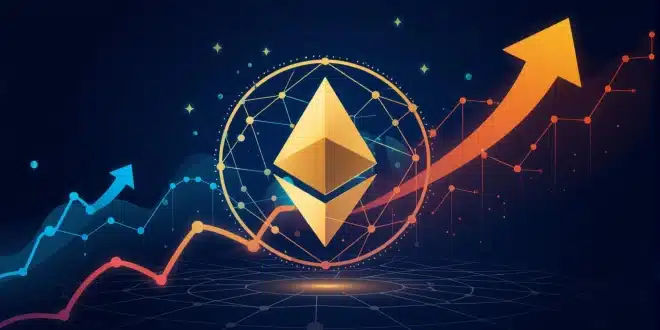A new project called Livestakes, introduced during ETHGlobal 2025 earlier this July, is pushing the boundaries of how funding and community engagement intersect within the Ethereum ecosystem. Born out of the hackathon environment itself, Livestakes introduces an experimental platform where users can place wagers on which teams they think will win — effectively transforming prediction markets into tools for funding innovation.
Betting to Fund the Builders
Livestakes is positioned not just as a gambling platform, but as a mechanism to supplement existing hackathon reward structures. Typically, ETHGlobal events offer a main prize pool and several side track awards. Livestakes adds a third financial layer — a community-driven pool built from user bets.
As explained by the platform’s content strategist, known publicly as Ziz, this additional fund operates independently of the official hackathon prizes. “If people bet up to $100,000 on projects, that pool becomes its own reward structure,” he said. The funds are then split: 80% goes to the bettors who correctly backed the winning project, while the remaining 20% is awarded to the actual hackathon winner.
The model introduces an incentive loop that supports early-stage Ethereum projects while rewarding those who help spotlight them. In theory, this could help bootstrap developer teams by giving them community-driven funding before they even win formal accolades.
Blending Betting, Exposure, and Innovation
The Livestakes platform isn’t merely a speculative market — it also aims to elevate developer visibility. Users can view short vertical videos that introduce different hacker teams, explaining their ideas and objectives. This creates a more informed betting environment, while simultaneously building a community narrative around emerging tech talent.
The platform currently operates through Livestakes.fun, with its development team consisting of just three individuals. Despite its modest size, Livestakes aligns with a broader trend of applying financial mechanisms to fuel Ethereum’s open-source innovation pipeline.
“It’s like the energy and chaos of meme markets — but channeled into hackathons,” said Ziz. The format aims to bring more money, exposure, and community participation into the Ethereum development scene.
Prediction Markets and Ethereum’s Evolving Ecosystem
The arrival of Livestakes coincides with growing interest in prediction markets across the Ethereum ecosystem. These markets, such as Polymarket and Kalshi, allow users to bet on real-world outcomes — but Livestakes is more focused on shaping the innovation curve of Ethereum itself.
This concept of community-driven funding has gained notable traction. Ethereum co-founder Vitalik Buterin has been linked to a future investment in Polymarket, which is reportedly preparing a $200 million funding round. Buterin also participated in its $70 million Series B round in 2024, underlining the broader importance prediction markets are gaining within decentralized ecosystems.
As Ethereum continues to prioritize decentralization and collective decision-making, platforms like Livestakes offer a novel way to redistribute influence from centralized funders to the wider community. Instead of top-down grant programs or VC funding dictating which projects get attention, crowdsourced conviction could determine which ideas are given the chance to flourish.
In this way, Livestakes may represent more than just a quirky experiment — it might signal the early stages of a shift toward community-coordinated innovation within Ethereum’s developer culture. As prediction markets evolve, they could become powerful tools in defining what gets built, who builds it, and how resources flow within Web3.


